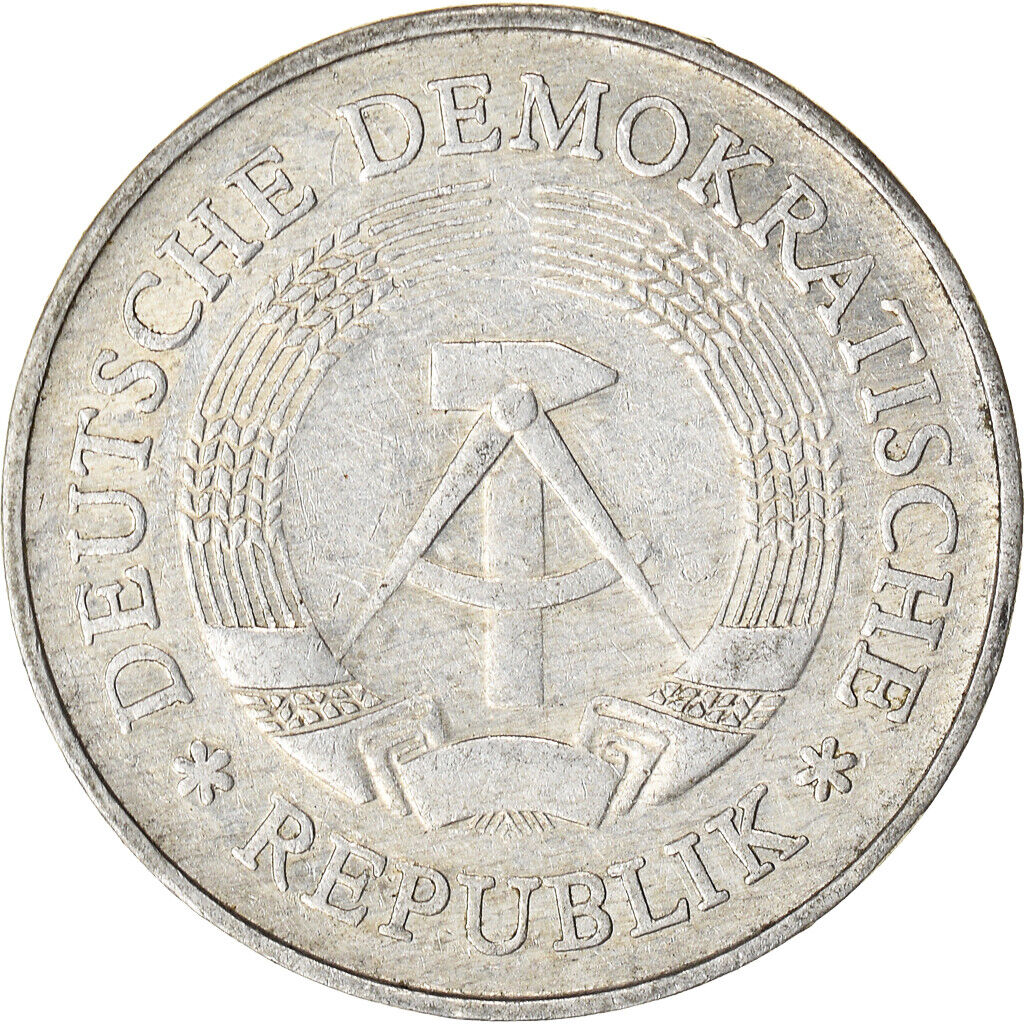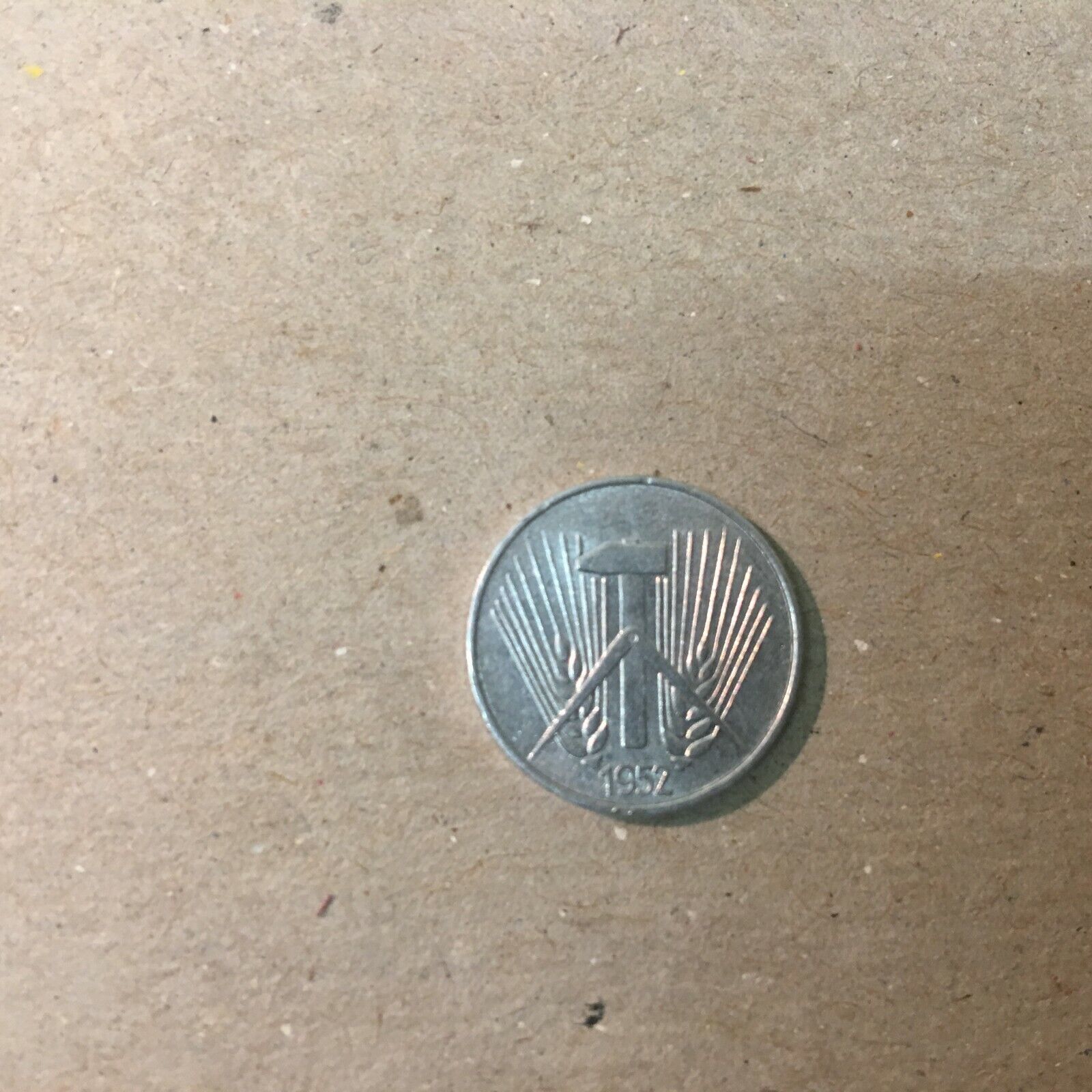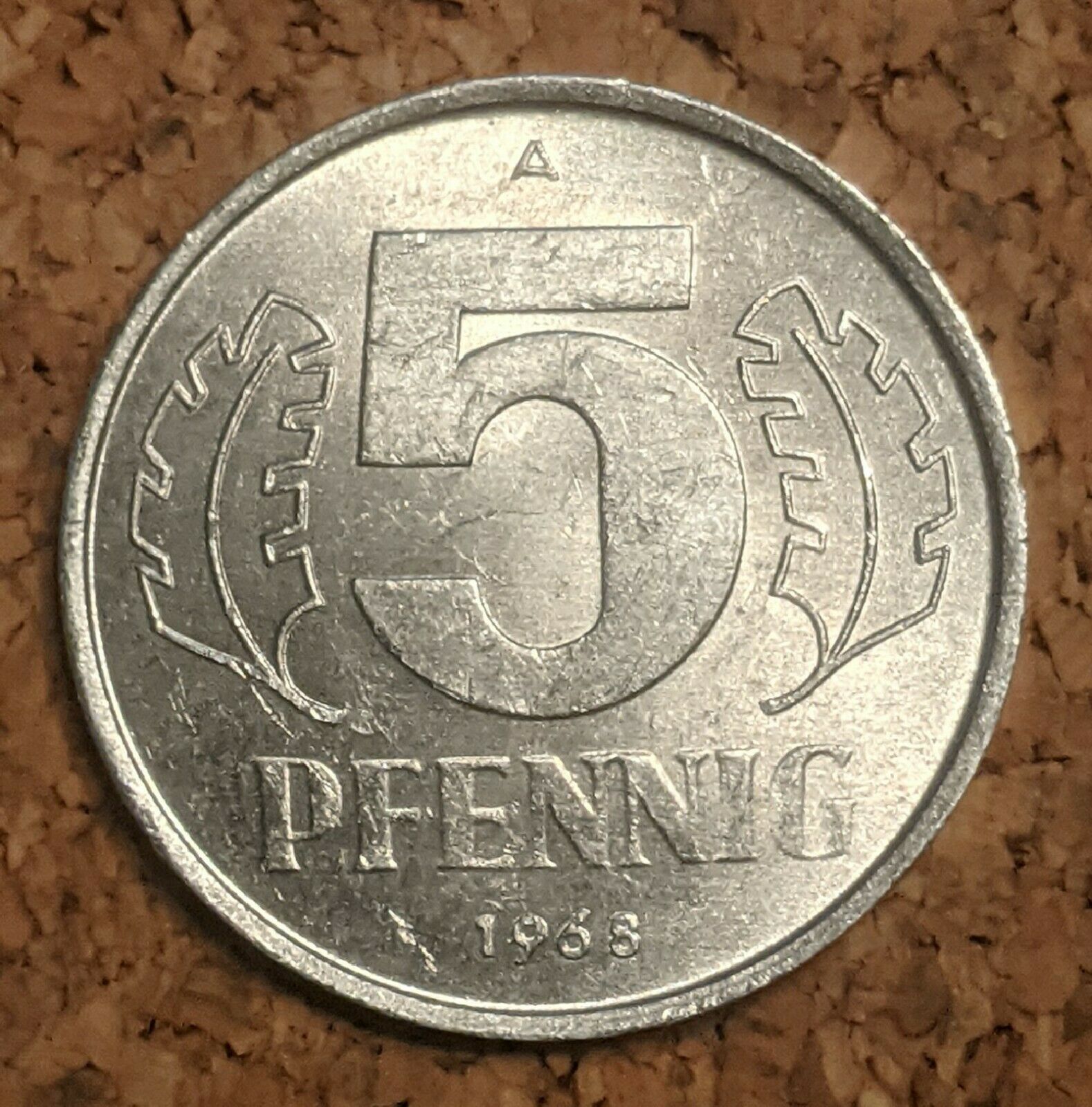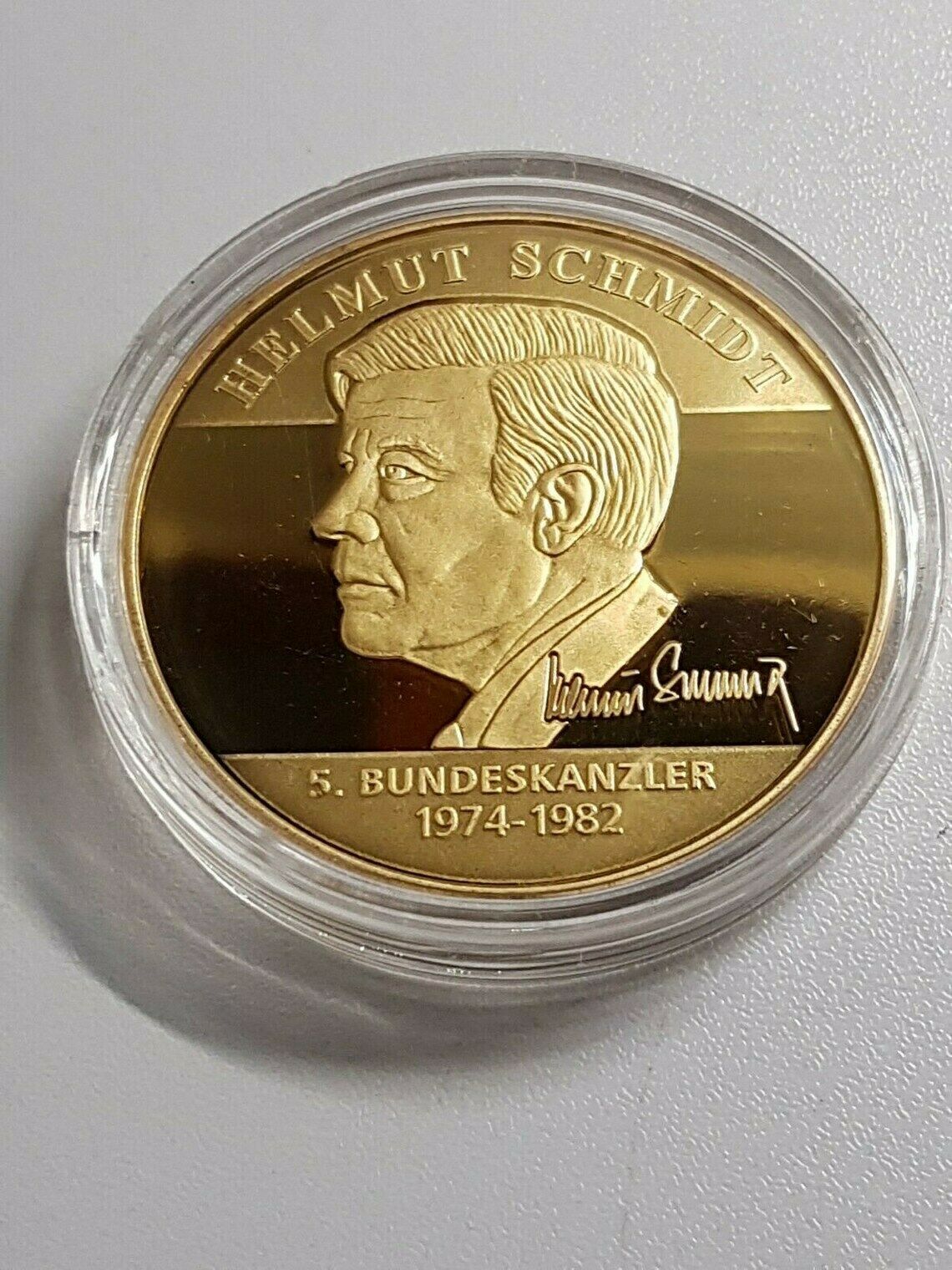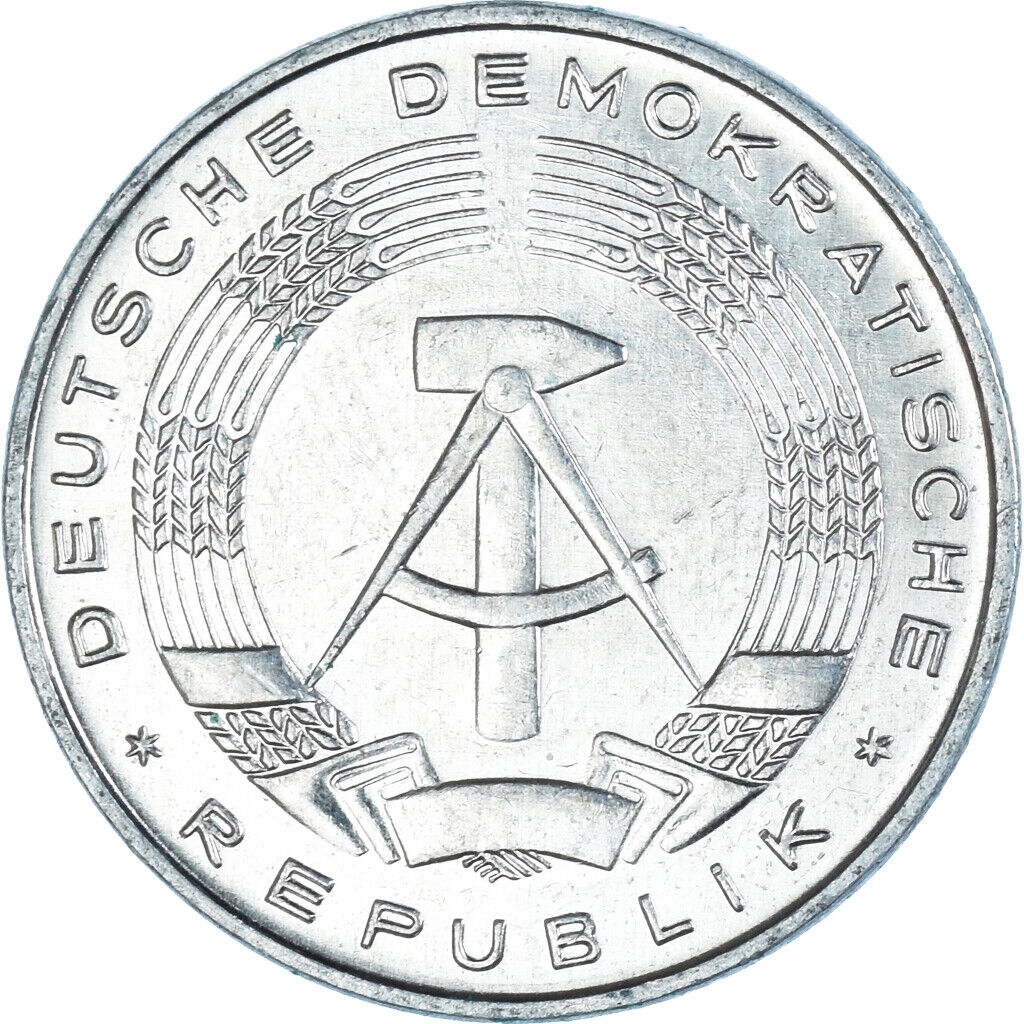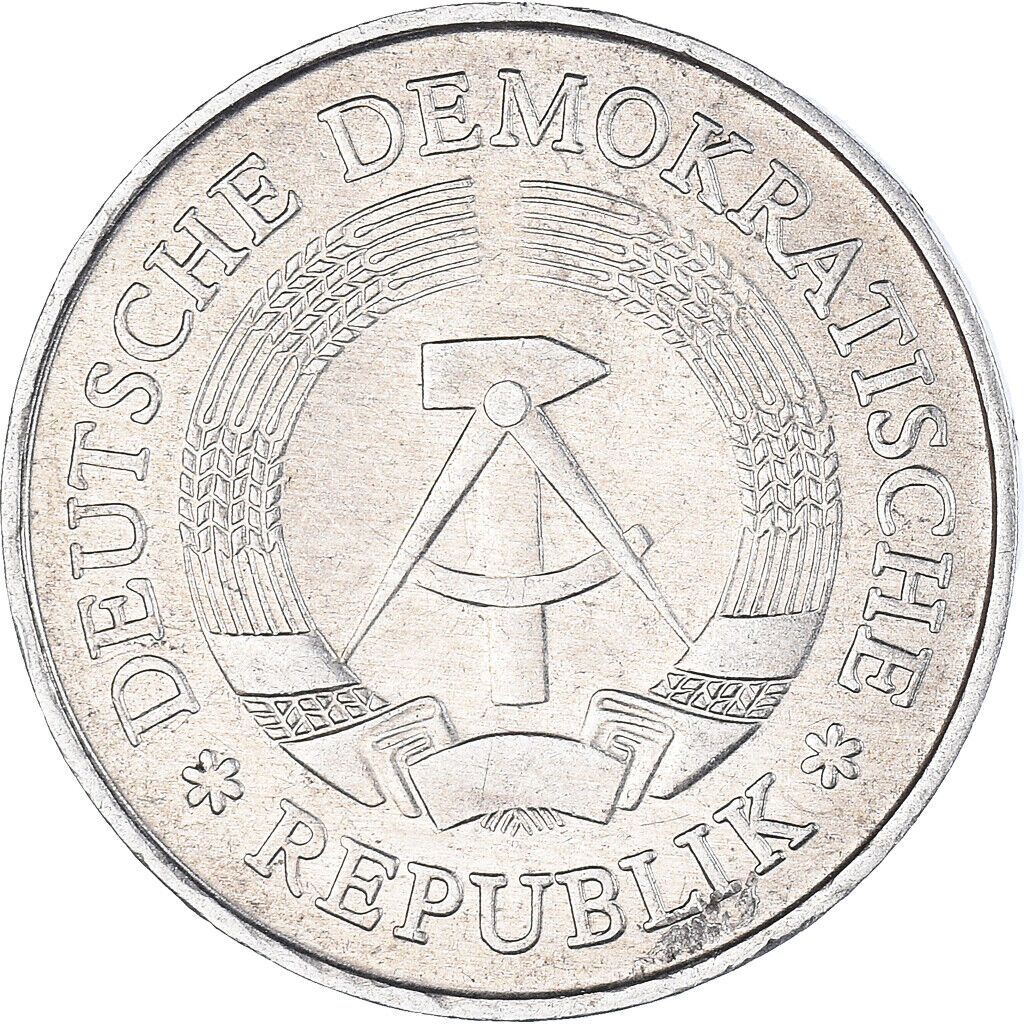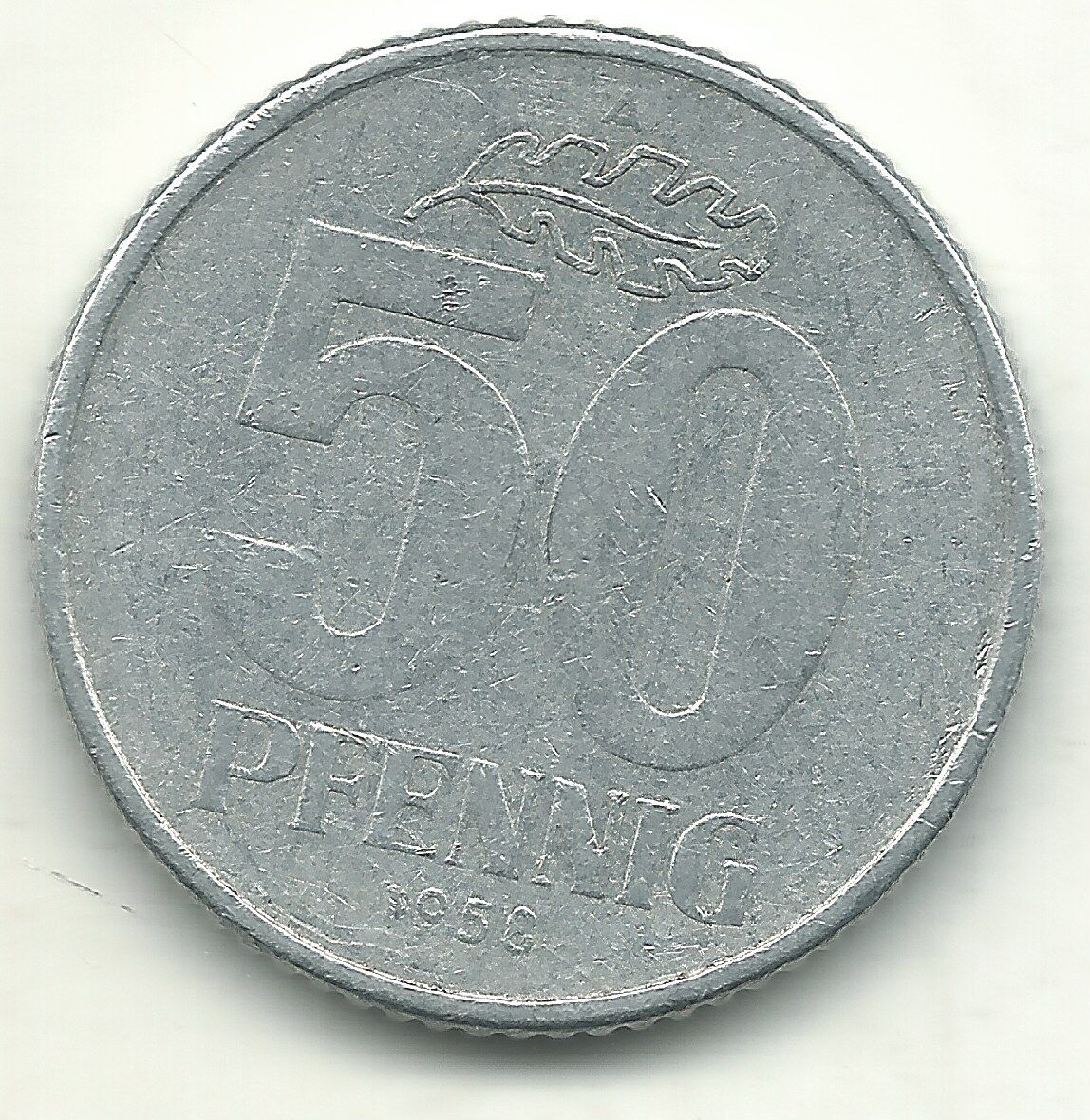-40%
Wirtschaftswunder 1949 - 1966 Coins Token Germany gold and silver plated
$ 1.55
- Description
- Size Guide
Description
The term Wirtschaftswunder (German: [ˈvɪʁtʃaftsˌvʊndɐ] (About this soundlisten), "economic miracle"), also known as the Miracle on the Rhine, describes the rapid reconstruction and development of the economies of West Germany and Austria after World War II (adopting an ordoliberalism-based social market economy). The expression referring to this phenomenon was first used by The Times in 1950.[1]Beginning with the replacement of the Reichsmark with the Deutsche Mark in 1948 as legal tender (the Schilling was similarly re-established in Austria), a lasting era of low inflation and rapid industrial growth was overseen by the government led by West German Chancellor Konrad Adenauer and his Minister of Economics, Ludwig Erhard, who went down in history as the "father of the German economic miracle." In Austria, efficient labor practices led to a similar period of economic growth.
The era of economic growth raised West Germany and Austria from total wartime devastation to developed nations in modern Europe. At the founding of the European Common Market in 1957 West Germany's economic growth stood in contrast to the struggling conditions at the time in the United Kingdom.
The fundamental reason for the quick economic recovery of West Germany can be found in the ordoliberal growth model. West Germany had a skilled workforce and a high technological level in 1946, but its capital stock had largely been destroyed during and after the war. This small capital stock was compounded by the difficulty in converting the German economy to the production of civilian goods, as well as rampant monetary and regulatory problems, leading to an unusually low economic output during the first post-war years.



